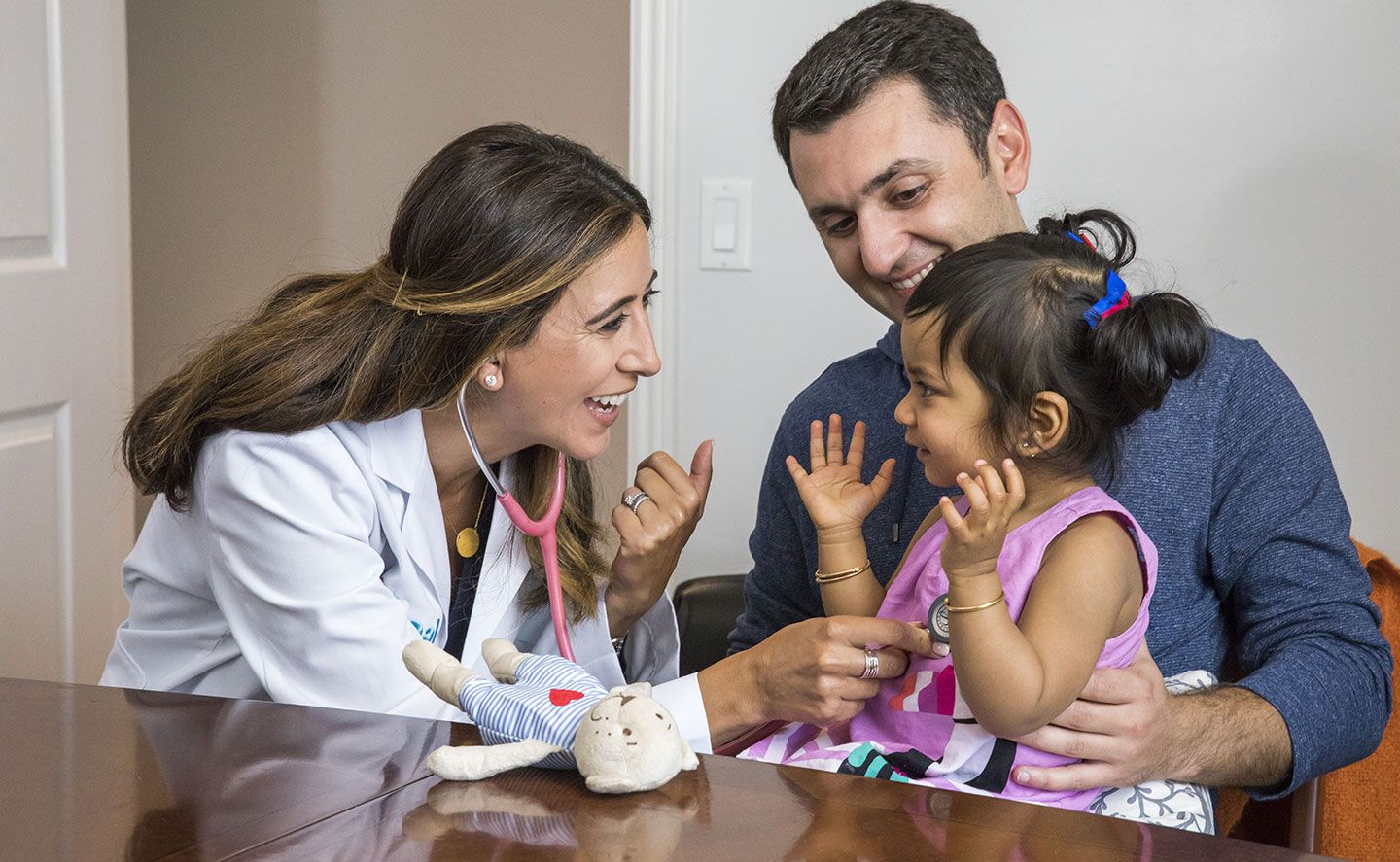
Peer-Reviewed Journal Validate Disruptive Power of Doctor House Calls
Heal, a provider of doctor house calls, today announced the results of its 2019 first-time patient user survey. Having delivered more than 110K house calls since February 2015, Heal shared a voluntary survey with more than 6K patients who used Heal for the first time in 2018. Key findings from the survey reveal a substantial reduction in ER and urgent care overuse and pointed to a corresponding increase in timely care delivery.
The Power of Traditional House Calls over Trips to ER and Urgent Care
According to a study in 2016 from the Health Care Cost Institute, the national median cost of emergency room visits for patients was nearly $1,917, while some states, such as California, range $2,268 or higher. As an ever-increasing number of patients choose Heal over avoidable trips to the ER or Urgent Care, Heal has delivered over $65 million in healthcare cost savings to patients and insurance companies.
Heal Survey Findings
A highlight of Heal’s first-time patient survey results includes:
– 55.78 percent of first-time Heal users admit they would have gone to urgent care or an emergency room if Heal was not available
– 37.4 percent would have waited an extended period of time to see their doctor or would have passed on seeking treatment at all if Heal was not available
– 1.96 percent would have tried a telemedicine service if Heal was not available
– 99 percent of Heal patients would use Heal again
– 76 percent would be very likely to recommend Heal to a friend
– 83 percent rated the Heal experience as much better than urgent care
– 32.87 percent of Heal patients never want to visit a doctor’s office again
Peer Review Journal Results
In a recently published academic paper, authored by the digital health pioneer Dr. Eric Topol and his team, “Characteristics of the modern-day physician house call,” Dr. Topol et al “independently performed a retrospective observational analysis on data collected on Heal house calls made to 13,849 patients over 1 year from August 2016 to July 2017.” It was concluded, among other findings, “The opportunity cost associated with an outpatient visit is significant; the mean time associated with ambulatory medical visits is 121 minutes, including 37 minutes of travel and 84 minutes at the clinic, of which face-to-face physician time is only approximately 20 minutes.” Heal spends more than 300 percent longer with patients than the national average of seven minutes of face-to-face time with a doctor, resulting in higher patient satisfaction and better outcomes.
Patient Feedback
“I love Heal because I have young children and I don’t have to pack them up to go to the doctor’s office and wait in a germ-filled waiting room. The doctors come to you,” says Emily Rynders, a Heal patient in Orange County, CA. “I also like how it costs the same as going to the doctor’s office. With that in mind, why wouldn’t you want to have a doctor come to you if it’s going to be the same price and even cheaper than urgent care? I recommend Heal to everyone I know because it’s convenient and the care happens in the comfort of my home.”
“I found Heal when I was searching for good doctors in my area after my doctor’s practice turned to a concierge membership model, charging upwards of $2,500 a month. Heal was covered by my insurance, so it was a win-win,” explains Thania Guardino, a Heal Patient in Los Angeles, CA. “I look for anything to make life easier and to help me with my busy lifestyle and Heal fits the bill. I really value my experience with their doctor because they are at the forefront of tech and what the trends are in consumer healthcare. You can tell the doctor really loved what they do, and as a well-versed patient, we spoke the same language. We were able to have a real conversation about my health.”
Heal is in-network with all major PPO insurance companies in California, as well as Medicare, and will soon be in-network with insurers across the country.
